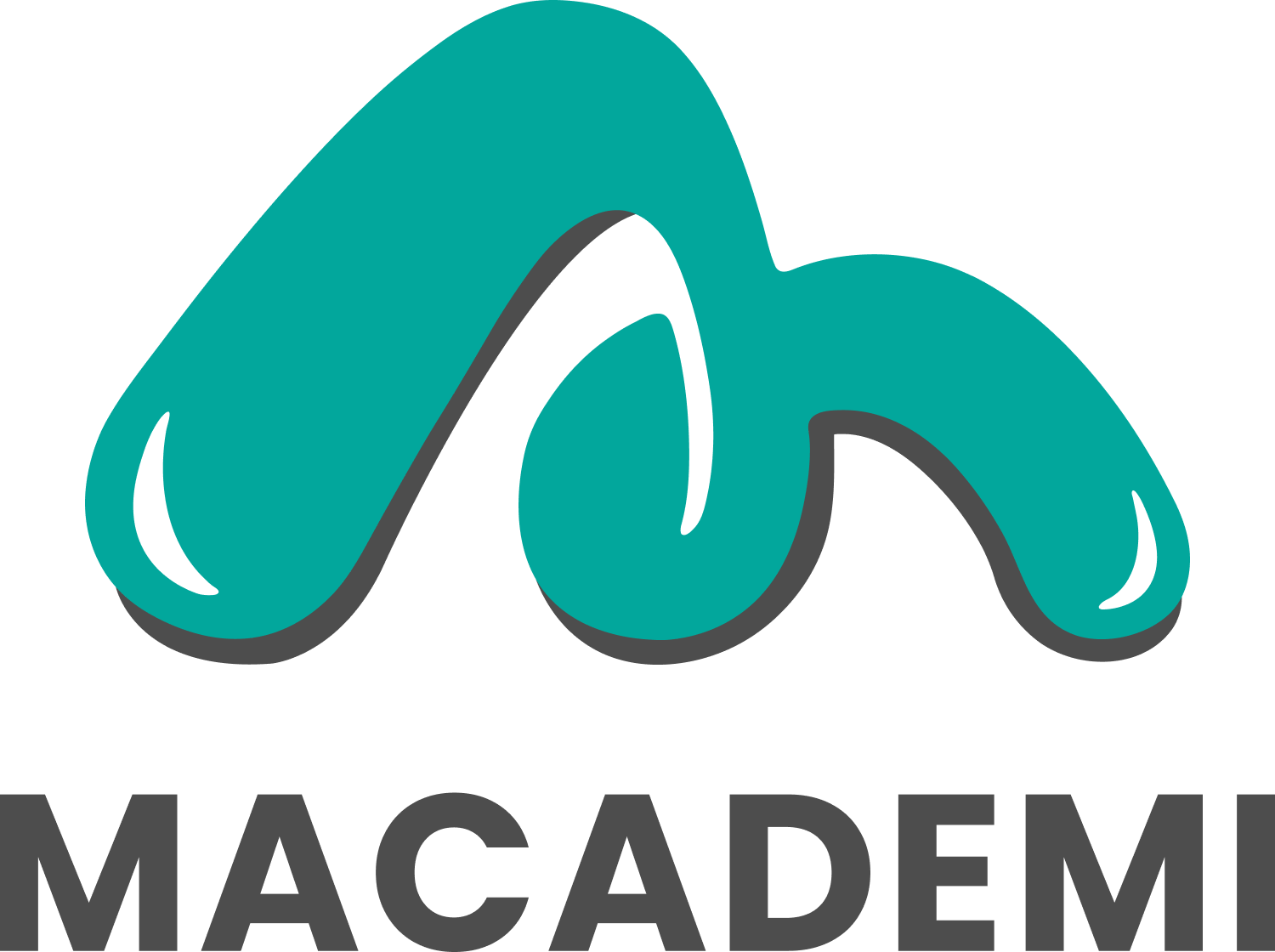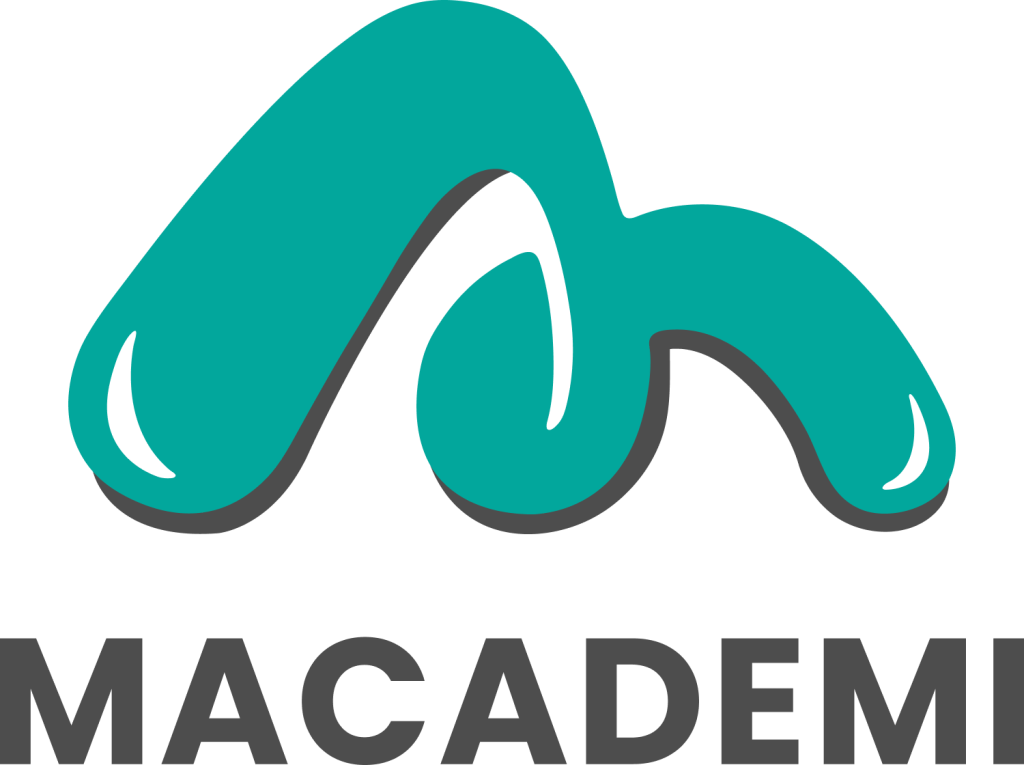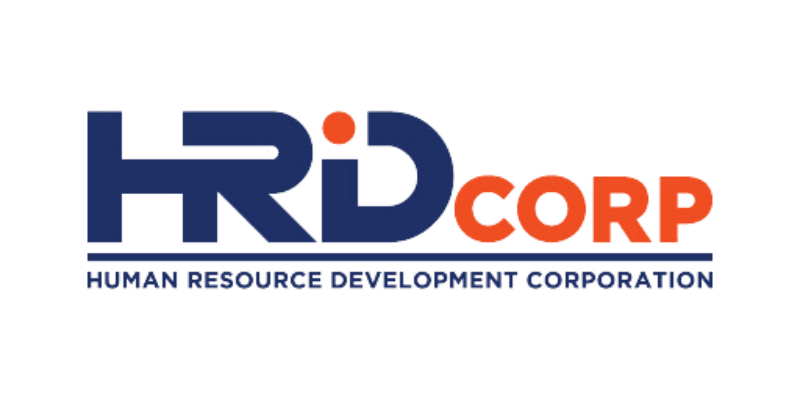Training Needs Analysis

Training Needs Analysis (TNA) is a critical process for identifying the training and development needs of employees to align with organizational goals and improve performance. This course covers the systematic process of TNA, including tools and techniques for gathering and analyzing information, developing training solutions, and evaluating the effectiveness of training programs.
Participants will gain a comprehensive understanding of how to conduct TNA, implement training programs, and measure their Return on Investment (ROI). By mastering these skills, attendees will contribute to their organization’s strategic objectives and ensure the alignment of training initiatives with business needs.
This course is ideal for:
- HR and Training Department personnel
- Managers and Executives involved in training and development activities
- Professionals responsible for assessing and enhancing employee performance
- Individuals interested in building expertise in TNA, training implementation, and evaluation
- Training Needs Identification: Understand and apply models such as ADDIE to identify training needs.
- Systematic TNA Models: Conduct detailed organizational, task, and individual analyses.
- Data Collection Techniques: Gather and analyze information using tools like surveys, interviews, and observations.
- Training Solutions Development: Design action plans and prioritize training interventions.
- ROI Measurement: Evaluate training effectiveness and calculate ROI using industry-standard models.
By the end of this course, participants will:
- Understand the importance of TNA in aligning training with organizational objectives.
- Conduct comprehensive analyses to identify present and future training needs.
- Use effective tools and techniques for collecting and interpreting training data.
- Develop structured reports and persuasive presentations on training priorities.
- Design cost-effective training solutions that meet organizational goals.
- Apply evaluation models like Kirkpatrick and Phillips to measure training ROI.
Day 1: Training Needs Analysis
Module 1: Identifying Training Needs in Your Organization
- Understanding the ADDIE Model for training
- Aligning training needs with corporate vision and strategy
- Conducting organizational, task/job, and individual analyses
- Addressing business performance shortfalls through training
Module 2: The Systematic Model for Training Needs Analysis
- Exploring the six stages of a systematic TNA model
- Comparing traditional and competency-based standards
- Identifying residual, present, and future training needs
Module 3: Collecting and Analyzing Information
- Gathering information for job-specific competencies
- Identifying reliable sources: surveys, interviews, and observations
- Conducting employee self-evaluation and job analysis
- Breaking down tasks into key result areas and detailed task analyses
Day 2: Training Implementation and Evaluation
Module 4: Preparing Reports
- Structuring reports and presentations on training priorities
- Writing clear and behavioral objectives for training programs
- Using persuasive techniques to support recommendations
Module 5: Developing Training Solutions
- Identifying appropriate training interventions
- Creating initial action plans with defined priorities
- Setting success criteria, costs, and benefits for training programs
- Tracking key learning indicators for continuous improvement
Module 6: Training Effectiveness & Return on Investment (ROI)
- Evaluating training effectiveness using Kirkpatrick and Phillips models
- Calculating ROI as a measure of training success
- Integrating ROI into individual KPIs to support organizational goals
This program empowers participants to bridge skill gaps, design impactful training solutions, and measure training effectiveness. By aligning training initiatives with organizational objectives, participants can drive performance improvements and demonstrate the value of training programs through measurable ROI.



